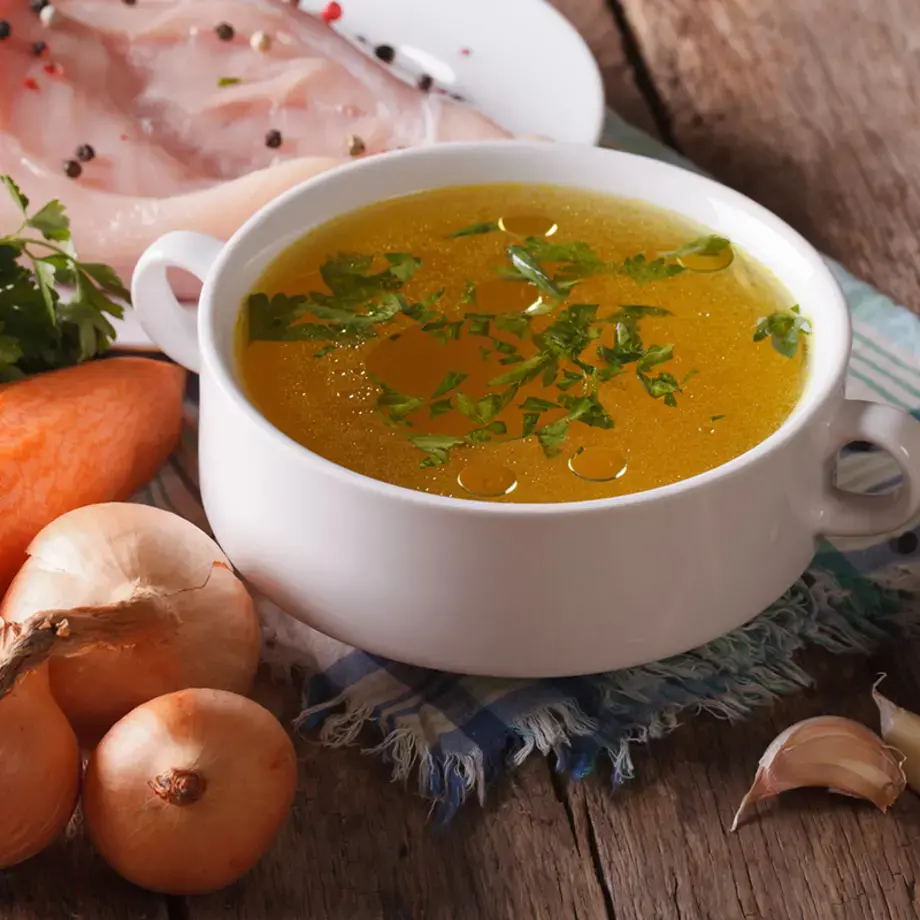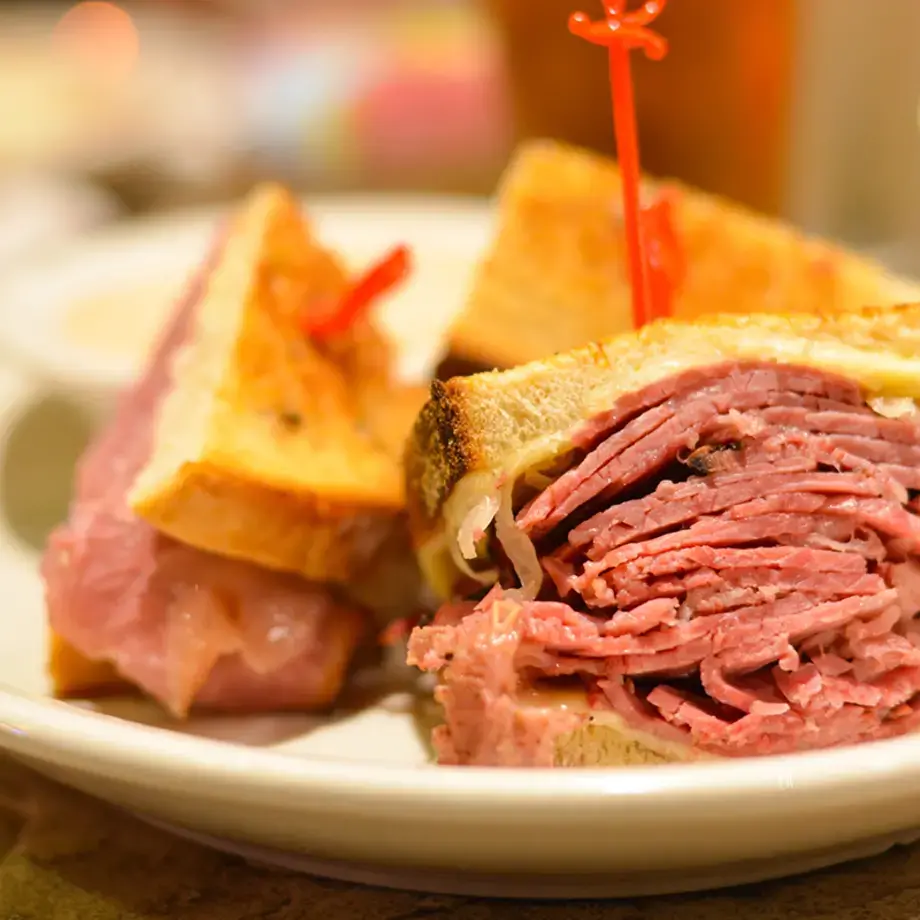Tarts and tartlets. Pastry chefs from all corners of the globe like to include this exotic fruit in their desserts. From British chef Steven Doherty with his Lemon and passion fruit tart, to the Australian Matt Moran with his Passion fruit tartlets, not to mention young pastry chef Alex Stupak (New York) with his original tart of passion fruit, sesame, argan oil and meringue.
Unique. The flavour and aftertaste of this fruit are truly unique, no matter what the variety. It gives an unmistakable touch to desserts, sweets, beverages, cocktails and savoury dishes. Its characteristic aroma is so versatile that it can even pair up with dark chocolate, as artfully demonstrated by Davide Comaschi ("World Chocolate Master"2013).
Varieties. There are two main varieties of maracuja: the passiflora edulis and the passiflora edulis flavicarpa, whose fruits differ in size and skin colour. The former is purplish red and prune-sized while the latter is orangey yellow and sized like a large lemon. The former is sweeter and aromatic. Of the more bizarre varieties, the Banana passion fruit (or Passiflora tripartita mollissima, from Cordillera de los Andes) deserves a special mention: also known as the curuba (Colombia), tumbo (Bolivia and Peru), banana poka (Hawaii) and taxo (Ecuador and Venezuela), it has a soft skin and sweet juicy flesh. It is commonly used in fruit juices and ice-creams.
Warsaw Splendor. An aromatic alchemy of contemporary mixology: an artfully blended cocktail containing vodka and passion fruit with the addition of lime, elderberry flower cordial and apricot brandy.
X-rated? Not really! It is a real pity to demolish a popular belief but… passion fruit has nothing to do with any supposed aphrodisiac properties. In fact, the name passion flower, adopted by Linnaeus in 1753, was given to this variety by the Jesuit missionaries in 1610 owing to the similarity between some flower parts and the symbols of Christ’s passion: the three styles recall the nails, the stamens recall the hammer and the corona resembles the crown of thorns.
Youtube. When calling up "Passion fruit", the popular platform refers you to a piece of music by Drake (aka Aubrey Drake Graham), Canadian rapper, poet-singer and actor. If, on the other hand, you are seeking something “sweeter”, add the word “recipes” and you will come up with a triumph of sorbets, soufflés, creamy puddings, mousses, macarons, smoothies, muffins etc.!
Zero point. Maracuja pulp contains mere 0.7 g of saturated, polyunsaturated and monounsaturated fats.











